THE HIPSTERS OF WARTIME FORT GREENE (1864)
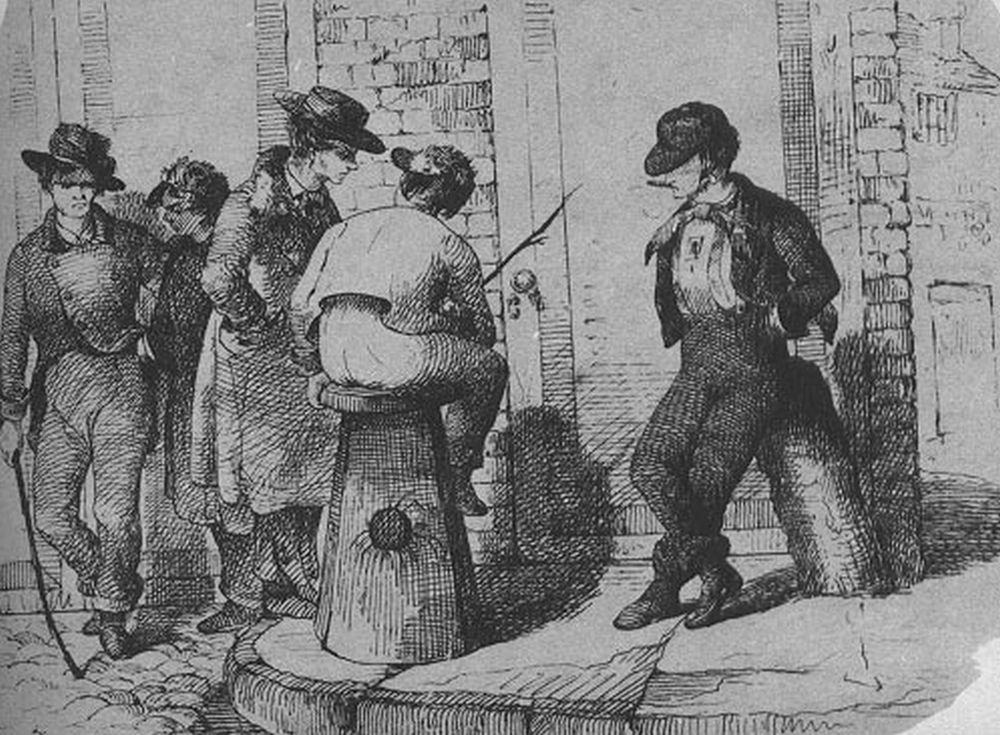
Brownstone Detectives investigates the history of our clients’ homes.
The story you are about to read was composed from research conducted in the course of one of those investigations.
Do you know the history of YOUR house?
********************************************************************************************************************************
Walt Whitman wrote this line at the beginning of the poem that later became “Song of Myself.”
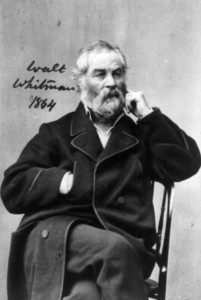
Whitman was a self-styled loafer. And, in the mid-1800s, loaferism was not a very popular pastime – excepting, of course, with the loafers.
Loafers, to bring the term into a modern day focus, were the rowdy hipsters of their times – non-conforming, proudly different, and not at all afraid to show it.
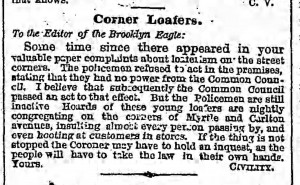
“…(T)he age abounded in loafers. There were literary loafers, Yankee loafers, French loafers, genteel loafers, common loafers, and country loafers, among others…” noted Michael Zakim a paper entitled, The Business Clerk as Social Revolutionary; or, a Labor History of the Nonproducing Class.
“(L)oaferism was essentially a metropolitan phenomenon,” he continued, “haunting the city’s sidewalks, wharves, museums, and parks, and serving as a ready epithet for anyone needing to hurl an insult.”
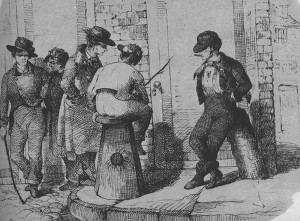
And insults and rowdyism seemed to be what they did best. The newspapers are filled in ante- and post-bellum times of accounts of loafers, how bad they were, and what the good, upright, and moral citizens were to do about them.
“Loafers were known for cursing without shame and for smoking cigars,” Zakim noted. “They cared little for the law and exhibited a marked disregard for public life in general. They were eccentric, if not impudent, in their personal habits. They had a weakness for billiards and bar-rooms and were maddeningly self-satisfied, if not philosophically reclusive. And they wore stand-up collars that were, more often than not, covered in stains.”
In short they were serious non-conformists who reveled in their non-conformity.
A FORT GREENE CASE IN POINT
In the Brooklyn Daily Eagle – once edited by Walt Whitman himself in the 1840s – letters to the editor often had loaferism as their subject.
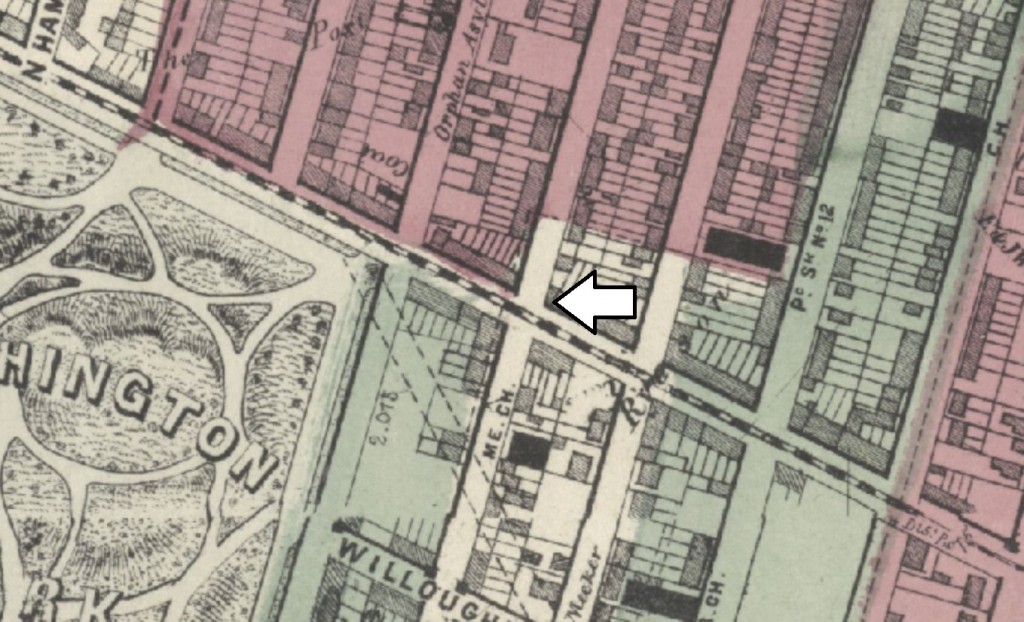
In the 9 September 1864, issue of the Eagle, a rather representative letter made the second page of that issue, excoriating the brand of loafers who made it a point to loafe about a particular Brooklyn corner – Myrtle and Carlton.
“Some time since there appeared in your valuable paper complaints about loaferism on the street corners,” the letter began. “The policemen refused to act in the premises, stating that they had no power from the Common Council. I believe that subsequently the Common Council passed an act to that effect. But the policemen are still inactive. Hoards of these young loafers are nightly congregating on the corners of Myrtle and Carlton insulting almost every person passing by, and even hooting at customers in stores. If the thing is not stopped the Coroner may have to hold an inquest, as the people will have to take the law in their own hands. Yours, CIVILITY.”
It can be guessed that the writer was a store-owner near that corner. It was a natural gathering point for the loafer of the day; there was much traffic due to the stores, street car lines ran down the avenue, and Washington Park was just a street away.
It is not known what came of the loafers on this particular street corner.
But loafers never truly went away. They were just called something different in another age. Perhaps they are still with us today under a different – less obvious – moniker.
———————————————————————————————————————–
 Brownstone Detectives is an historic property research agency. Our mission is to document and save the histories of our clients’ homes. From our research, we produce our celebrated House History Books and House History Reports. Contact us today to begin discovering the history of your home.
Brownstone Detectives is an historic property research agency. Our mission is to document and save the histories of our clients’ homes. From our research, we produce our celebrated House History Books and House History Reports. Contact us today to begin discovering the history of your home.